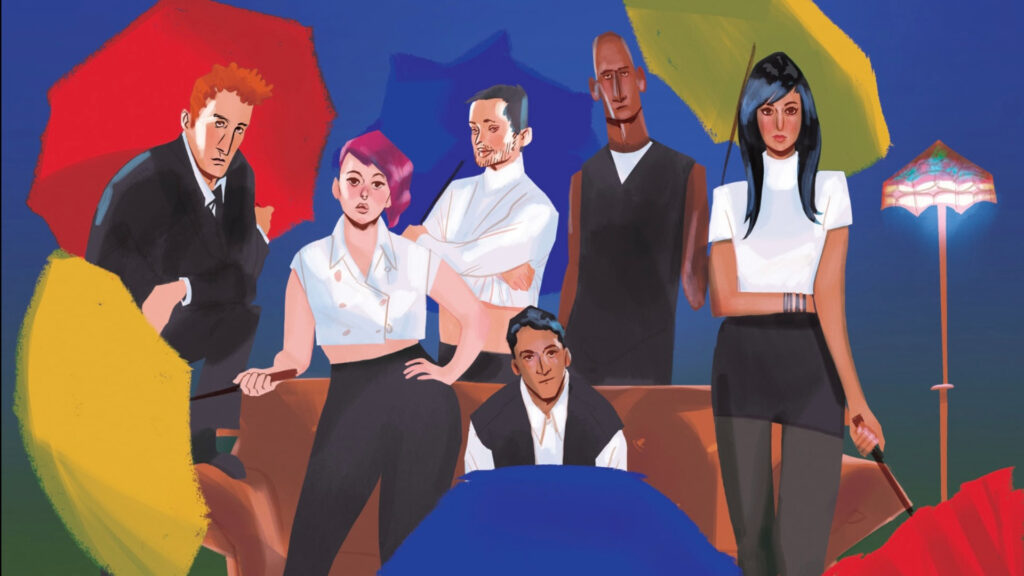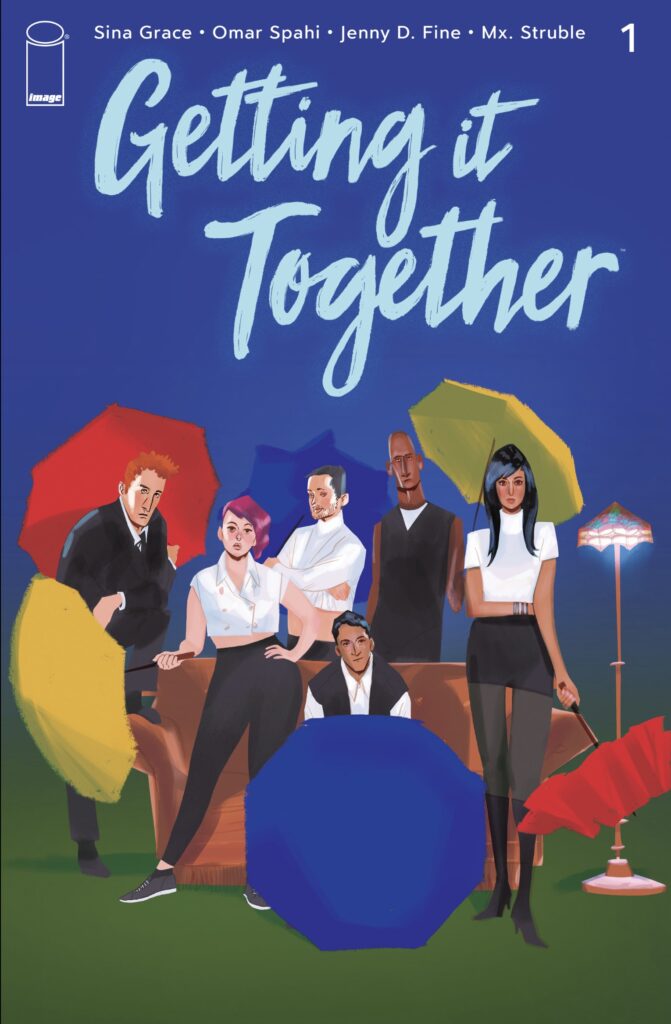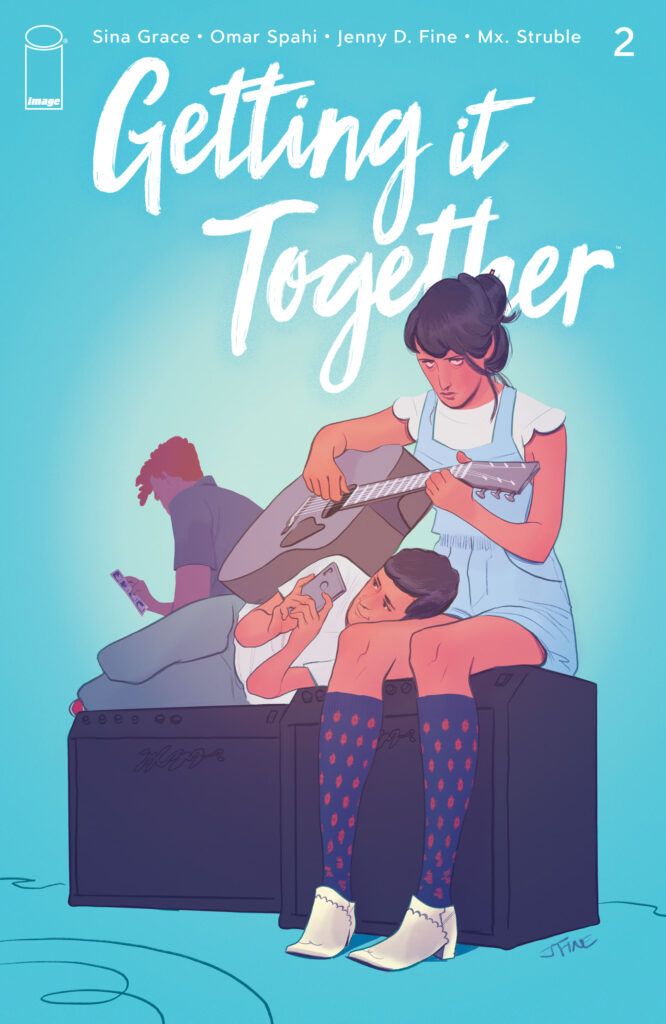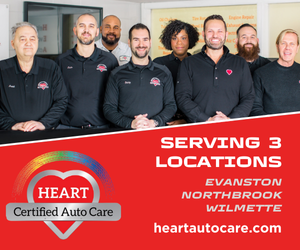
Comics Corner – ‘Getting It Together’ is a raw, real ‘Friends’ for the 21st Century
In the 1990s, one sitcom dominated the airwaves – because streaming media hadn’t arrived yet – and came to define the cultural zeitgeist: Friends.
The American comedy focused on the lives of six young professionals living in a major city as they navigated life and love in their 20s, but became such a success that it bled out of television and influenced real life – people wanted ‘The Rachel’ haircut, rumour mills speculated about the show’s every episode, and the world seemed to utter a collective gasp when wrong names were said at a wedding altar.
The problem is, especially in hindsight, Friends wasn’t actually very representative of, well, young professionals living in a major city, navigating life and love in their 20s. The entire cast was white and straight, and their gigantic New York apartments were so implausible given their jobs that pointing that out became a proto-meme. But what if Friends had been more diverse than a jar of mayonnaise? What if it had really reflected the lives of people struggling to find themselves in early adulthood? What if the cast weren’t entirely white and straight?

Well, it might look a lot like Getting It Together, a new slice-of-life comic from creators and co-writers Sina Grace and Omar Spahi, artist Jenny D. Fine (with some sequences by Grace), colourist Mx. Struble, and letterer Sean Konot. Set in San Francisco, the series follows aspiring musician Lauren, her perpetually dick-stracted brother Jack, Lauren’s bandmates Annie and Ashton, her sort-of-ex-boyfriend Sam, and Tim, Sam’s acerbic workmate.
While the Friends comparison is baked into the fabric of Getting It Together – the cover to issue one even homages the opening sequence to the TV show – the material skews a touch more towards the realistic. The cast’s lives are chaotic, a blend of unfulfilling jobs, toxic relationships, and experimenting with the options life throws at them just to see what fits best. It’s an almost palpably more authentic take on the genre, and on that period of many people’s lives, than anything else in comics or on TV.
While Lauren is at the heart of the cast’s relationships, much of the focus is on Jack. As Sam’s best friend, he’s caught in the middle of their messy split, while also trying to find the right guy for himself. Jack is a refreshing take on a gay character, one without hang-ups and who feels totally comfortable telling his friends about his many hook-ups, but also struggling to balance his need for intimacy against his libido. What’s particularly great here is that Grace and Spahi allow Jack to be flawed but not have those flaws come from angst over his sexuality. Instead, Jack is almost joyously gay, and his poor relationship choices are presented as no different to how we commonly see straight relationships in media.

Tim, in contrast, is more of a blank slate. He’s the archetypal ‘mean gay’, referring to people as “diva” or other feminised terms, and always quick with a sharp-tongued comment. Yet he’s also the one the rest of the group go to when they want unfettered honesty or, in one instance, a take-no-nonsense caretaker. Although Tim perhaps borders on stereotypical at times, gay men with similar personalities do exist, and the beauty of having a comic with more than a single, token queer character is that it allows for a multifaceted approach to representation.
It’s all a much more complex, volatile mix than Getting It Together’s ostensible TV inspiration – which leads to some delightful drama along the way. Lauren and Sam’s split came about after Lauren slept with Ashton, but only because she and Sam had discussed an open relationship, one that Sam ultimately couldn’t deal with. Lauren and Ash sleeping together also jeopardises the future of their band, Nipslip – right as they’re starting to attract attention from record labels. Annie, in turn, is concerned Lauren is drifting from the band anyway, and almost hooks up with Sam, leading to more friction.
That’s not to say the series isn’t humorous – in fact, it’s often laugh-out-loud funny, but the comedy is substantially drier than standard sitcom fare. The laughs come not from absurd situations but from how absurd and awkward real life can be. The characters dabble in cynicism and self-deprecation at times, but it’s an accurate look at Millennial friendships, relationships, and found families, and how people interact within those bonds.
Music also plays a major role in the series, from the gang club hopping and going to gigs, to real-life band LA Witch having a cameo in issue four, and even the songs Nipslip performs in the comic being recorded for real – making the series something of a trans-media project. Combined, there’s little else like it on the comic market today.

The comic ultimately feels modern in a way that Friends never did, even when it was contemporary. Beyond the dazzling dialogue and Jenny Fine’s superlative art, which highlights the diversity of backgrounds, body types, and even fashions of the cast, Getting It Together taps into the the blur of being a young person in a modern big city. Chances are, you know these people already, or maybe you are – or were – them.
Although the first volume of the series recently concluded, the trade paperback collection is due for release in March 2021, published by Image Comics. If a refreshingly authentic take on the 20-something coming of age comedy-drama genre, replete with solid LGBTQ+ representation appeals, get your act together and give Getting It Together a look.












